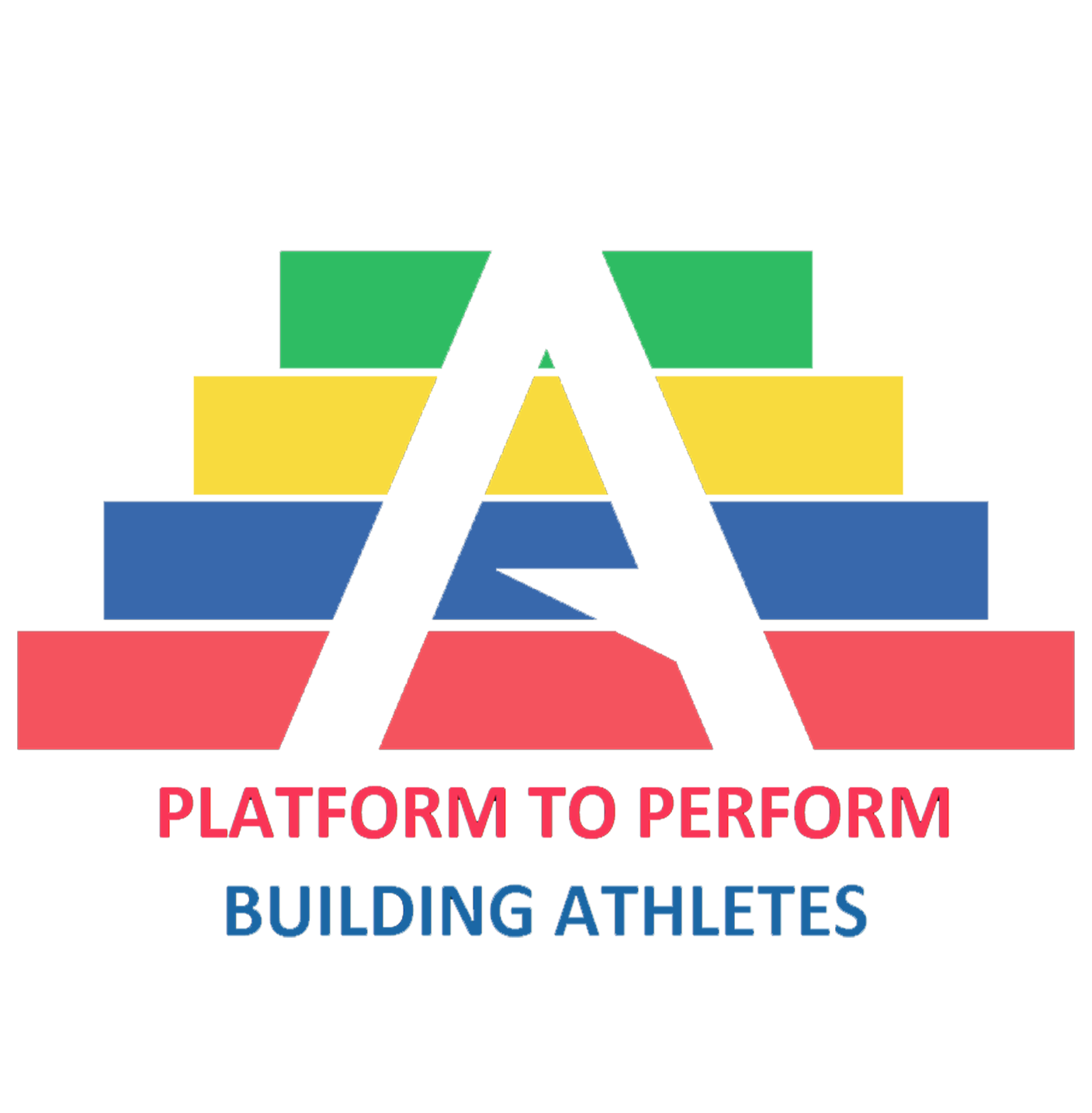The reason why we need to understand the science behind why, how (or even if) certain mobility modalities can reduce our injury risk and enhance athletic performance, is because it takes us away from a grenade approach of “10 best stretches for” (insert muscle group), to a sniper approach of why I am using this mobility method, to address this type of restriction, in this particular athlete, in this specific way?
With this in mind, following today’s blog you will learn:
What different mobility modalities are actually doing (or in the case of the marketability of foam rolling) not doing to our bodies
How and why mobility training might differ between youth and adult populations
Pros and cons of specific types of mobility training.
Now let’s dive into different mobility modalities.
Banded Distraction
Banded distraction, sometimes referred to as mobilisations with movement, relates to the use of a band to alter a joint’s position.
When a joint is not in its correct position, targeting a specific muscle with foam rolling or static stretching becomes limited for reasons I’ve previously explained here.
For those athletes who spend forever and day foam rolling and stretching and see a minimal return on investment, it could simply be that the joint was never in the right place to begin with.
If an athlete complains of a pinching sensation, it is likely the joint needs ‘distracting’ back into place before any foam rolling or static stretching will be effective.
Youth athletes might not require banded distraction type work to the same extent as adult athletes as joints tend to naturally be sat where they should in younger athletes.
Foam Rolling
Despite the marketability of foam rolling however, sadly it does not break up scar tissues, release adhesions (‘knots’).
So what exactly does foam rolling do and why does it feel so good?
Whilst foam rolling can help reduce our perception of tightness and muscle soreness, it is incorrect to say that foam rolling results in any structural changes within a muscle (Behm & Wilke 2019)
Reducing our perception of tightness can however lead to a short term, increase in range of motion.
Since this range of motion is only short term it is imperative that we use these newly uncovered ranges of motion in our training…otherwise, we are doing the equivalent of opening a new movement document only to forget to hit save.
Static stretching:
Static stretching is similar to foam rolling, in that it reduces our perception of tightness, rather than inducing structural changes to the muscle.
Static stretching feels good because it increases our tolerance to a stretch, but does not lengthen the muscle per se.
Whilst it can negatively impact power, this effect can be mitigated if it is immediately followed by some kind of pulse raising activity.
That said, kids spend so long sat still these days, that asking them to hold static positions in training, may lead to boredom and as such is unlikely to be a productive use of what little time kids actually have available to move.
This is yet another reason why I think mobility work for young kids should involve movement.
Static stretching does little for reducing injury risk.
That said, if youth athletes do have the maturity to pay attention, the psychological benefits of teaching any young person to quieten their mind, and pay attention to the here and now is a skill worth developing…and if static stretching is the vehicle you choose to use to drive towards that aim, I have no issue with that.
Dynamic stretching:
Dynamic stretching ticks so many boxes when it comes to mobility work. Several movements can be combined into a series of movements, termed movement complexes, or simply ‘play’ with these movements as I have done here.
When done consistently, through full ranges of motion, with a conscious focus on your technique, it can elevate muscle temperature, mobilise key areas and prime the body for the session ahead.
On a final note, by loading the range of motion achieved in a dynamic warm up, with exercises such as goblet squats, we are letting the brain know that it is okay for us to access range of motion.
The key here, however, is to ensure that over time we progressively overload movements in our warm up.
For example, where a youth athlete once used something like a bodyweight squat as part of their warm up and a goblet squat as a strength exercise, with quality technique, cemented, now the goblet squat becomes a loaded form of hip mobility before something more advanced like a back squat.
To ensure athletes do not stagnate mentally or physically, we can progressively overload our warm ups by:
Adding load (going from a stick to kettlebells)
Adding a co-ordinative element (linking two individual movements together)
Adding an element of decision making
Key Take Homes:
Foam rolling and static stretching reduce our perception of tightness, which can unlock temporary increases in range of motion…but neither changes muscle length nor reduces injury risk in and of themselves
Dynamic stretching (aka strength training) through full range of motion will exponentially more to reduce injury risk than foam rolling and static stretching
Although dynamic stretching is preferred, subtle tweaks in movement patterns are required over time (adding load, complexity, decision making, range of motion etc) to ensure our mobility work actually leads to improvements in athlete performance and reductions in injury risk
ABOUT THE AUTHOR
Todd Davidson is a UKSCA accredited strength and conditioning coach and qualified P.E Teacher who has gained experience with scholastic athletes Olympic athletes and everyone in between. Todd's passion for improving the physical literacy of the next generation, and athleticism within adults, comes from his belief that strength and conditioning should not be a service that is solely reserved for the sporting elite. If you would like discuss anything in the content presented, or have any questions relating to your own performance goals, please get in touch.



